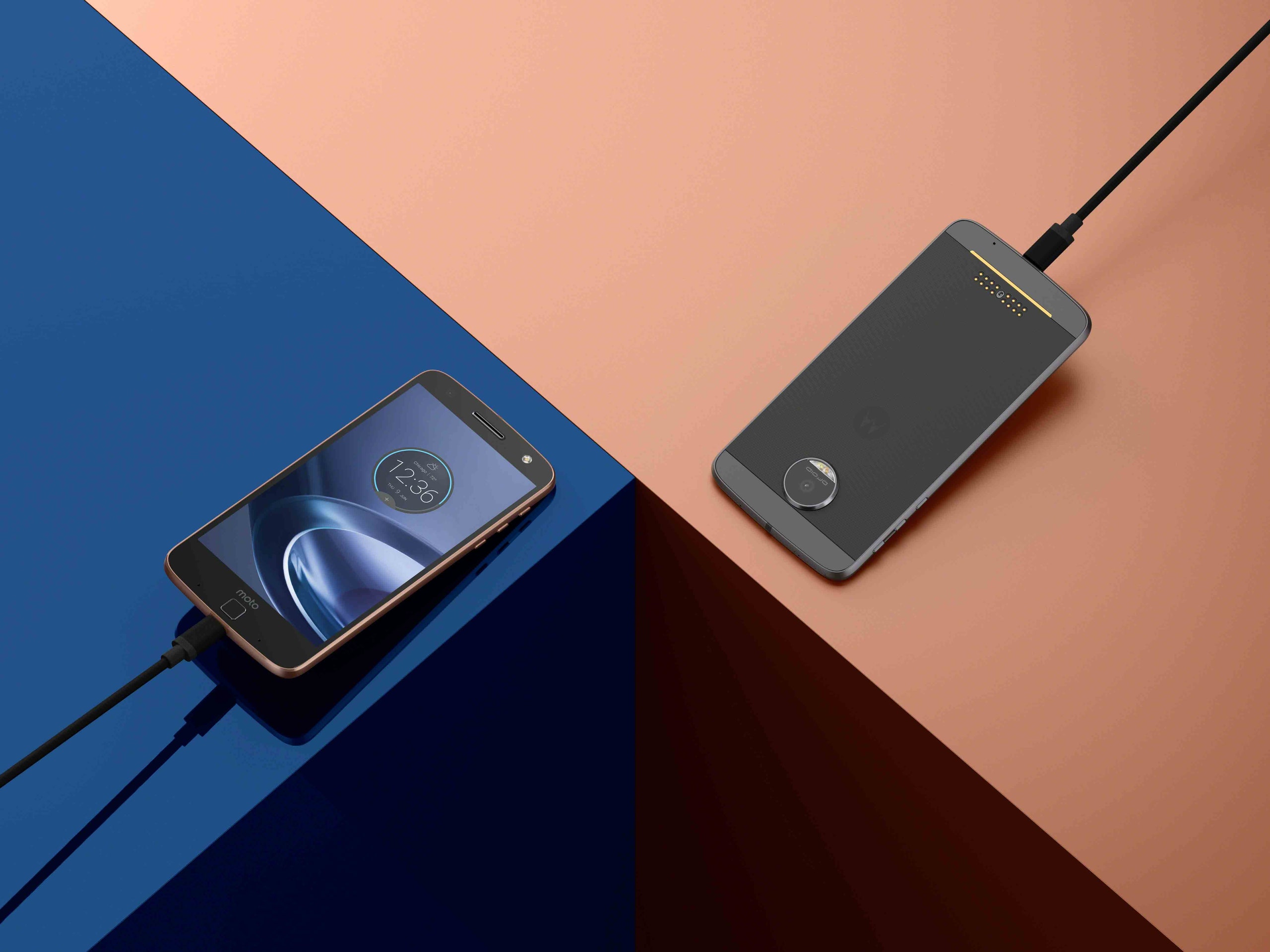
Introduction to Android Chargers
In today's fast-paced world, technology has become an integral part of our daily lives. One of the most essential components of any Android device is the charger. Whether you're using a smartphone, tablet, or any other handheld device, a charger is necessary to keep your device powered up and ready for use. But have you ever wondered what an Android charger is actually called? This article explores the world of Android chargers, their types, functionalities, and the terminology used to describe them.
Types of Android Chargers
Android chargers come in various forms and capacities, each designed to meet specific needs and compatibility requirements. Here are some common types:
Standard USB Chargers
- These are the most common type of charger and come with a USB-A port. They are widely available and can charge most Android devices, including smartphones and tablets.
USB-C Chargers
- With the advent of USB-C technology, these chargers have become increasingly popular. They offer faster charging speeds and are reversible, making them easier to use.
Quick Charge Chargers
- Quick Charge technology, developed by Qualcomm, allows for faster charging times compared to standard chargers. These chargers are specifically designed for devices that support Quick Charge.
Wireless Chargers
- Wireless charging eliminates the need for cables, making it a convenient option for users who prefer a clutter-free environment. These chargers use electromagnetic induction to transfer energy between the charger and the device.
Travel Chargers
- Travel chargers are designed to be compact and lightweight, making them ideal for travel. They often come with multiple USB ports to charge multiple devices at once.
Car Chargers
- Car chargers are specifically designed for use in vehicles and usually come with a USB port or USB-C port. They provide a convenient way to keep your device charged on the go.
Functionalities of Android Chargers
Android chargers offer several functionalities beyond just providing power:
Voltage Regulation
- Chargers regulate the voltage output to ensure it matches the requirements of your device. This prevents damage from overvoltage or undervoltage conditions.
Current Regulation
- Chargers also regulate the current output to prevent overcharging or overheating of your device.
Safety Features
- Modern chargers often include safety features such as overcharge protection, short-circuit protection, and thermal protection to safeguard both the charger and the device.
Terminology Used in Android Chargers
Understanding the terminology associated with Android chargers can help you make informed decisions when purchasing or using them:
Wattage
- The wattage of a charger indicates its power output in watts (W). For example, a 5W charger can supply up to 5 watts of power.
Voltage (V)
- Voltage measures the electrical potential difference between two points in a circuit. Common voltages for Android chargers include 5V, 9V, and 12V.
Current (A)
- Current measures the flow rate of electrons through a circuit. It is usually measured in amperes (A).
Power (W)
- Power is calculated by multiplying voltage and current (P = V x I). It represents how much energy is transferred per unit time.
Efficiency
- Efficiency refers to how effectively a charger converts input power into usable output power. Higher efficiency means less energy is wasted as heat.
Compatibility Considerations
When choosing an Android charger, compatibility is crucial to ensure safe and efficient operation:
Device Compatibility
- Always check if the charger is compatible with your device. Different devices may require specific types of chargers or voltage levels.
Port Compatibility
- Ensure that the charger's port matches your device's port type (e.g., USB-A, USB-C).
Quick Charge Compatibility
- If you have a device that supports Quick Charge technology, make sure to use a Quick Charge compatible charger for faster charging.
Safety Precautions
Using an Android charger safely is essential to prevent damage to both the charger and your device:
Avoid Overcharging
- Overcharging can reduce battery life and potentially cause damage to your device's battery.
Avoid Using Low-Quality Chargers
- Using low-quality chargers can lead to overheating, overcharging, or other safety issues.
Inspect Cables Regularly
- Regularly inspect cables for signs of wear and tear. Damaged cables can cause short circuits, which may lead to fires or other hazards.
Final Thoughts
Understanding what an Android charger is called and its various types, functionalities, and terminology can help you make informed decisions when purchasing or using these devices. Whether you're looking for a standard USB charger or a wireless charger with advanced safety features, knowing how to choose the right charger for your needs is crucial for safe and efficient operation of your handheld devices.
By following these guidelines and being aware of the different types of chargers available in the market, you can ensure that your Android device remains powered up and ready for use at all times. Whether you're at home, traveling, or driving, having the right charger can make all the difference in keeping your device charged and ready for action.
